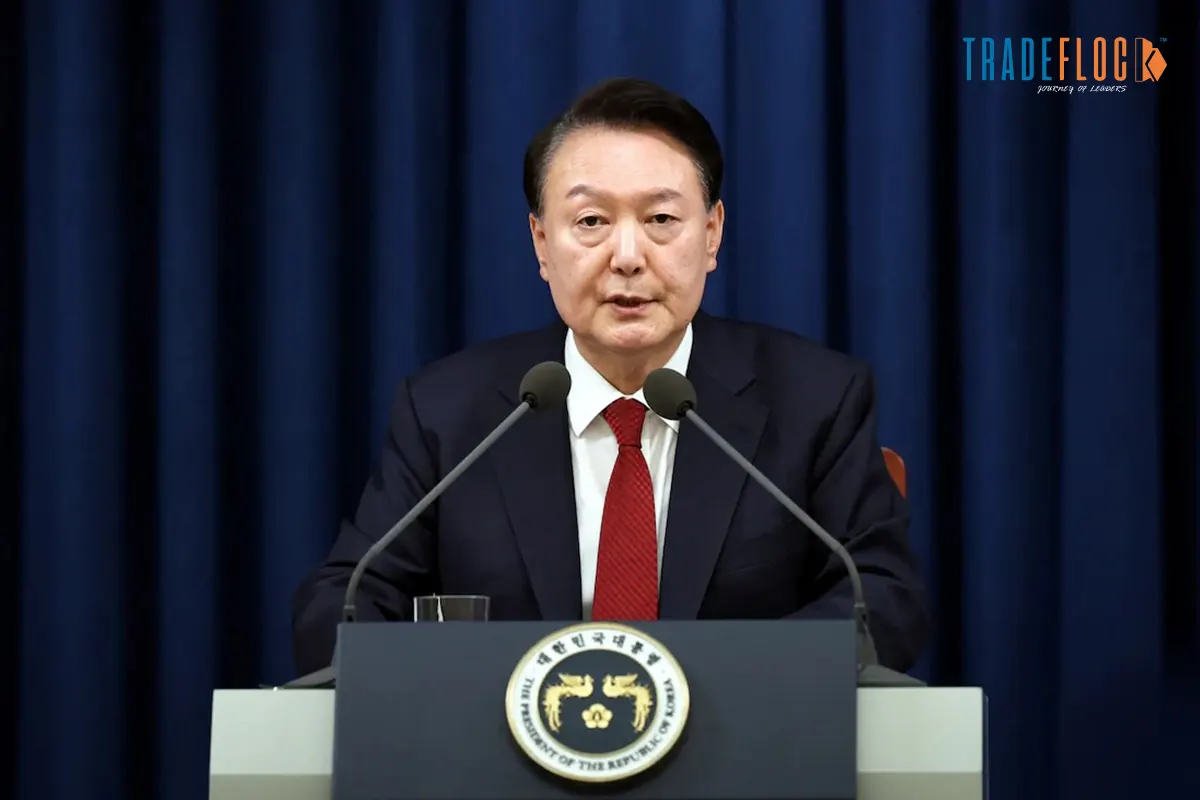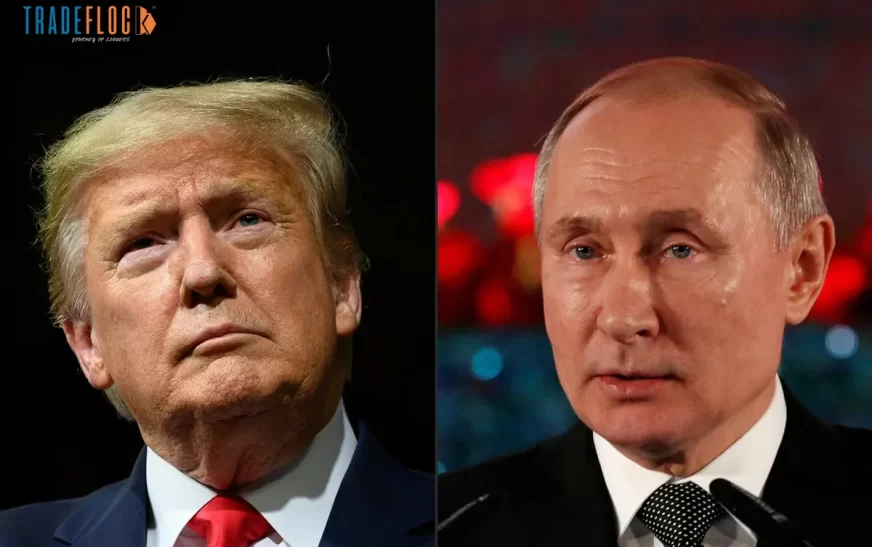Satya Nadella, born in Hyderabad, India, educated at the University of Wisconsin–Milwaukee, and now CEO of Microsoft, encapsulates the “Third Culture CEO.” Since assuming leadership in 2014, he steered Microsoft from a Windows-centric, competitive culture to a cloud-first, collaborative powerhouse. The company’s market value surged from around $300 billion to over $3 trillion by 2024, underpinned by his emphasis on a “growth mindset” and deep global local understanding .
Similarly, Indra Nooyi, India-born and Yale-educated, became CEO of PepsiCo in 2006. Her mantra, “Performance with Purpose”, transformed the business into a global leader in healthier snacks and beverages. Under her vision, PepsiCo’s net revenue rose from roughly $35 billion in 2006 to $63.5 billion in 2017, a growth of approximately 80%. These leaders didn’t just occupy executive positions; they leveraged their bicultural identities to reshape entire corporate cultures.
Understanding the Third Culture Advantage
A “Third Culture Kid” (TCK), a term coined in the 1950s, describes individuals raised across two or more cultures who develop a unique, integrated identity. This multicultural outlook breeds cultural intelligence (CQ), the ability to adapt and thrive in diverse environments. Studies show TCKs score higher on intercultural sensitivity and transformational leadership, while bicultural individuals demonstrate an enhanced ability for attributional complexity, understanding multiple contexts, and adapting leadership accordingly.
In one PLOS One study, MBA teams led by individuals with a balanced global-local identity performed most effectively, evidencing that cultural fluency is a strong predictor of leadership success.
Why Global Businesses Crave Third Culture CEOs
The world faces simultaneous challenges: geopolitical realignment, disruptive technologies, and climate-induced instability. BCG describes this as a “polycrisis” environment, requiring leaders who can navigate complexity with nuance and cultural awareness. Third Culture CEOs naturally foster inclusive, diverse teams that drive innovation and stronger financial performance, a fact supported by McKinsey and BCG studies.
Furthermore, with global organisations spanning Western, Eastern, and emerging markets, leaders must be adept at reading and reconciling high-context (indirect) and low-context (direct) communication styles. This competency reduces miscommunication and builds cohesion in culturally distributed teams.
Perhaps most compelling, cultural intelligence, the lived ability to adapt culturally, is consistently linked to better leadership outcomes and enterprise results. Third Culture CEOs, unlike conventionally trained executives, live this fluency daily.
Satya Nadella (Microsoft): Since 2014, under Nadella’s leadership, Microsoft shifted culture, embraced open-source, forged deep AI partnerships, and saw stock grow nearly tenfold—elevating its market valuation to over $3 trillion.
Indra Nooyi (PepsiCo): Nooyi’s “Performance with Purpose” strategy spearheaded healthier product lines, achieved water conservation savings of $600 million, and drove PepsiCo’s net revenue from $35 billion to $63.5 billion between 2006 and 2017.
Carlos Ghosn (Renault–Nissan): Lebanese-Brazilian, French-raised, and later leading the Japanese automaker alliance, he navigated cross-cultural corporate integration—though marred by legal controversy, he remains a classic bicultural case study.
Nurturing the Next Wave of Third Culture Leaders
To grow this leadership type, organisations should embed global rotations and multicultural assignments in career paths, organise storytelling forums where leaders share international experiences, and combine cultural intelligence training with mentoring from bicultural veterans. Hiring practices should favour a ‘glocal’ leadership mindset, ensuring future leaders possess both local insight and global agility.
Leadership for 2030 and Beyond
As companies deploy AI, navigate sustainability demands, and expand into emerging markets, Third Culture CEOs will become indispensable. These leaders are uniquely equipped to balance global scale with local nuance, ethics with efficiency, and digital transformation with cultural empathy. The growing demand for multinational, culturally rooted leadership makes the Third Culture CEO not just a novelty, but a necessity.
Not a fleeting concept, the Third Culture CEO represents a fundamental evolution in leadership. Figures like Nadella and Nooyi highlight how living between cultures equips leaders with empathy, vision, and agility. In a volatile world, executive success is less about birthplace or credentials and more about cultural dexterity. Third Culture CEOs, rooted locally yet fluent globally, are shaping companies and our interconnected society for the challenges ahead.











